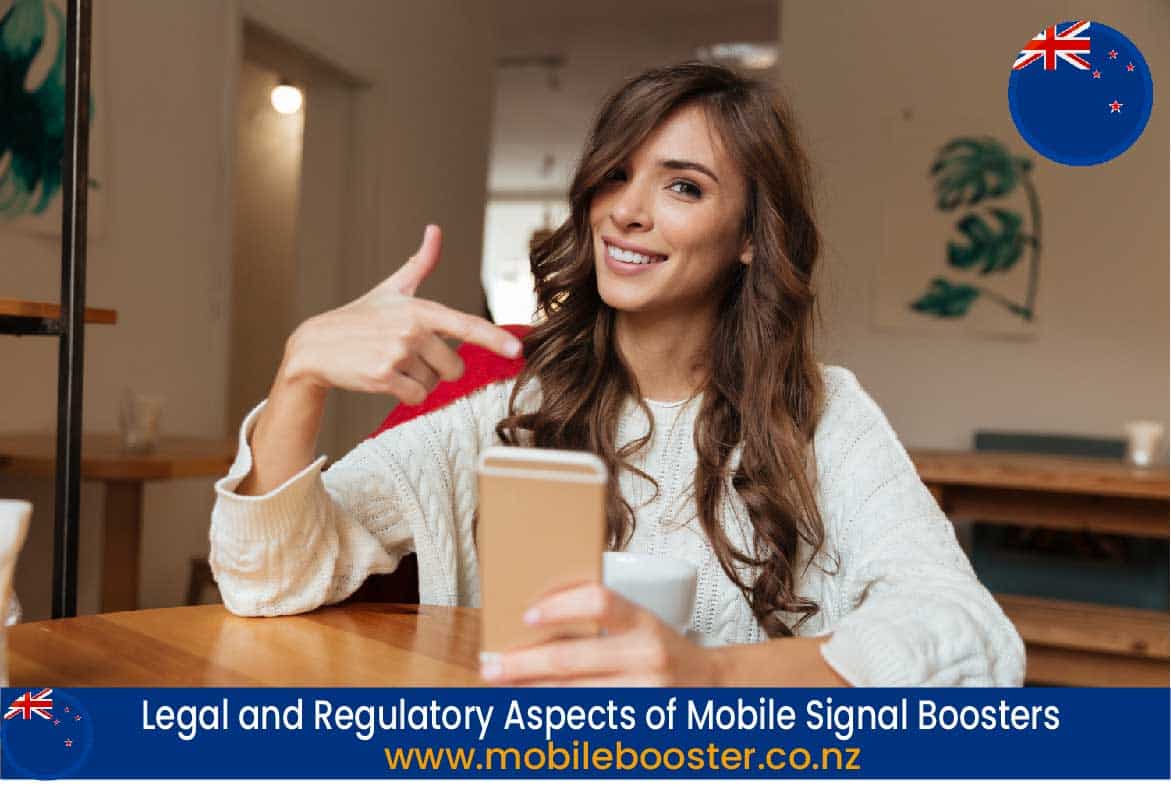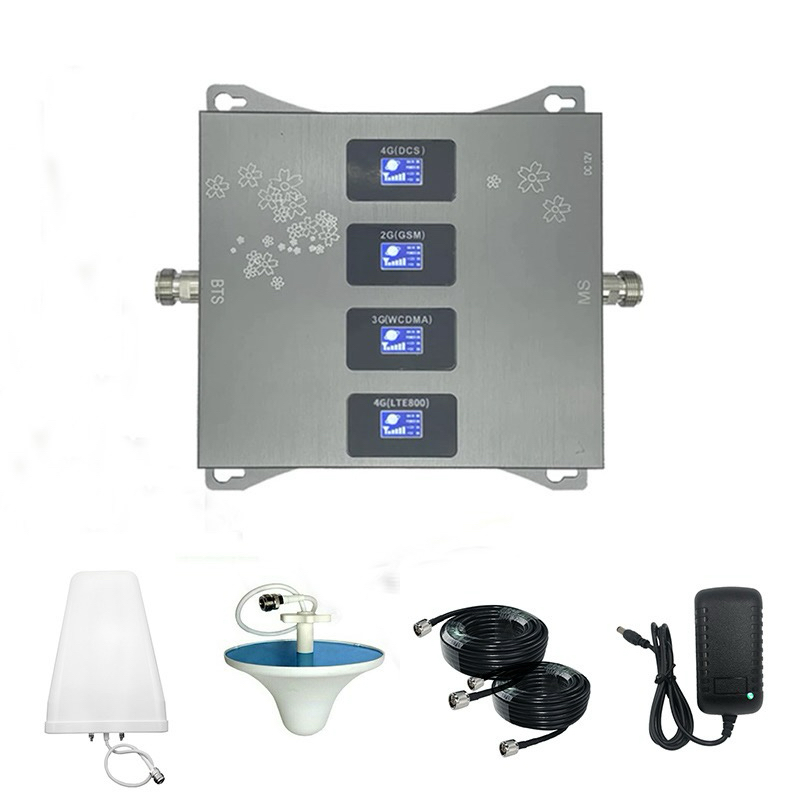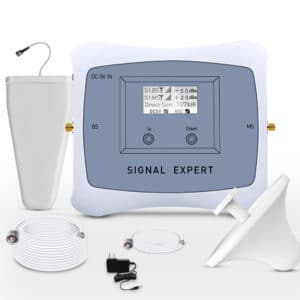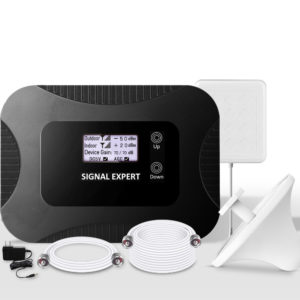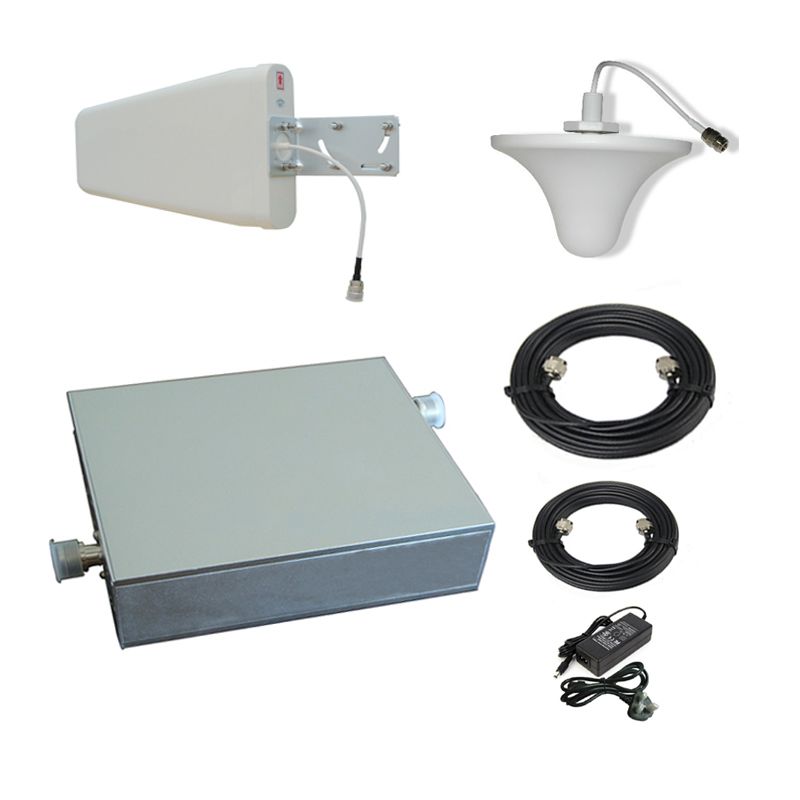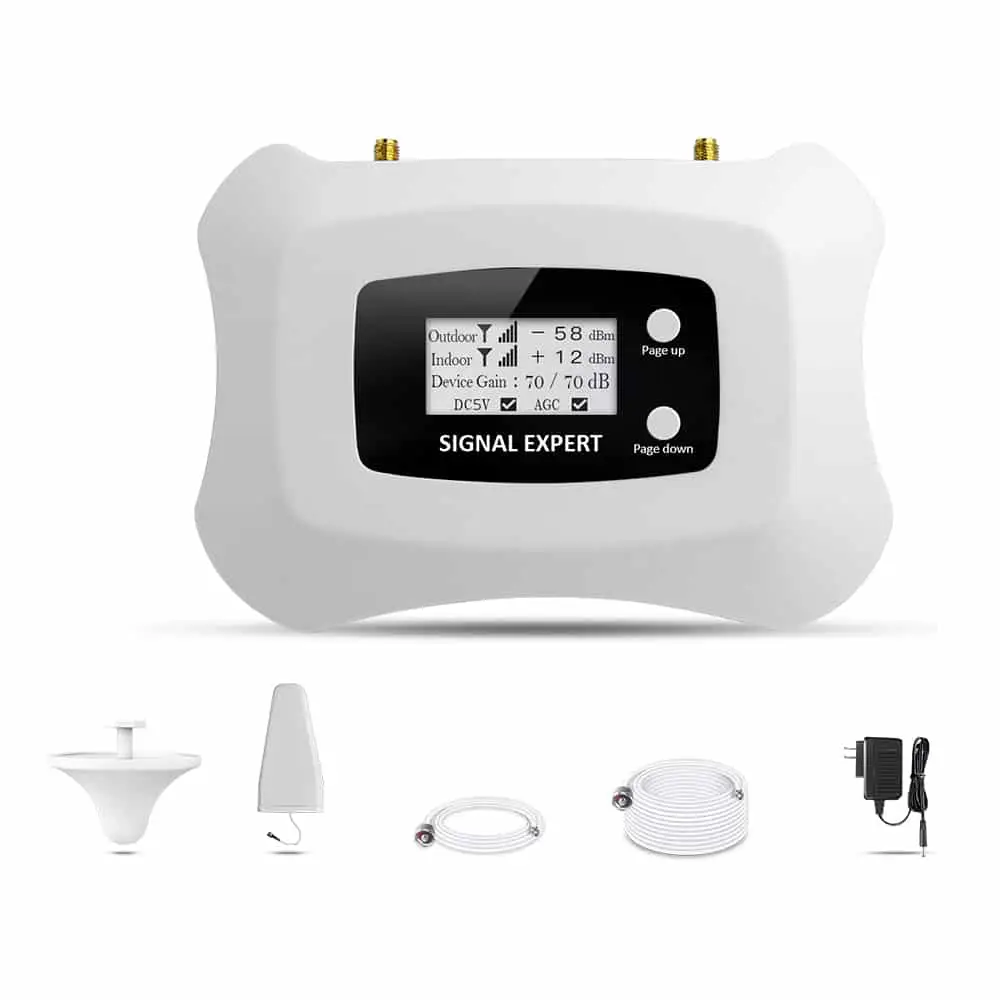Legal and Regulatory Aspects of Mobile Signal Boosters in New Zealand
New Zealand’s diverse landscapes and communities often present challenges in maintaining robust mobile connectivity. This article delves into the legal and regulatory aspects of mobile signal boosters, offering valuable insights for users and businesses seeking to enhance their communication infrastructure.
Understanding Regulatory Frameworks
In the enchanting realm of New Zealand’s telecommunications landscape, a structured legal framework guides the orchestration of seamless connectivity. At the helm of this regulatory symphony stands the Ministry of Business, Innovation and Employment (MBIE), a pivotal authority instrumental in shaping the nuances of telecommunications across the country. The regulations and policies composing this framework harmonize with the overarching score of the Telecommunications Act of 2001.
The Ministry of Business, Innovation and Employment (MBIE) assumes a central role in steering the course of telecommunications policies. With a mandate to foster innovation, and economic growth, and ensure fair competition, MBIE lays the groundwork for a robust and equitable telecommunications environment. Its influence extends to the realm of mobile signal boosters, where regulations are crafted to balance the needs of users, businesses, and the broader telecommunications ecosystem.
The Telecommunications Act of 2001, a cornerstone of New Zealand’s regulatory framework, serves as a comprehensive score delineating the rights and responsibilities of both service providers and consumers. Within its verses, provisions unfold that directly impact the utilization of mobile signal boosters, ensuring that their deployment aligns with the broader objectives of enhancing connectivity while maintaining the integrity of telecommunications networks.
As we journey deeper into the legal landscape, we will navigate the specific notes within these frameworks that shape the deployment, licensing, and responsible usage of mobile signal boosters, providing a comprehensive understanding for those seeking to fortify their connections within the enchanting Kiwi telecommunications terrain.
Licensing Requirements and Approvals
Businesses and individuals looking to amplify their mobile signals must adhere to a structured process to ensure compliance with regulatory standards, placing a significant emphasis on obtaining necessary permissions.
Licensing Prerequisites
The first step in this regulatory voyage involves understanding the licensing prerequisites set forth by New Zealand’s telecommunications authorities. Licensing requirements may vary based on factors such as the intended use, geographical location, and the scale of the mobile signal-boosting operation.
Application Submission
Once acquainted with the licensing criteria, businesses and individuals are required to submit comprehensive applications to the relevant regulatory bodies. These applications typically include details about the purpose of the signal booster deployment, technical specifications of the devices, and the geographical area to be covered.
Technical Compliance Assessment
Regulatory bodies often conduct a thorough assessment of the technical specifications outlined in the application. This step ensures that the proposed signal boosters meet the required standards, including those set by the Ministry of Business, Innovation and Employment (MBIE) and other pertinent authorities.
Coordination with Carriers
Collaboration with mobile network carriers is integral to the licensing process. Businesses and individuals must engage with carriers to obtain their consent and coordinate efforts to prevent interference or disruption to existing networks. This collaborative approach fosters a harmonious coexistence between signal boosters and carrier infrastructure.
Approval Granting and Compliance Assurance
Upon successful completion of the evaluation process, regulatory bodies grant the necessary approvals for the deployment of mobile signal boosters. This approval signifies compliance with legal standards and serves as a green light for businesses and individuals to proceed with their connectivity enhancement initiatives.
Ongoing Compliance Management
Obtaining the initial approvals is not the end of the journey. Businesses and individuals are obligated to manage ongoing compliance with the stipulated regulations. This includes periodic assessments, reporting requirements, and adherence to any conditions set forth in the licensing process.
By meticulously following these steps, businesses and individuals can navigate the licensing labyrinth, securing the necessary approvals to deploy mobile signal boosters responsibly. This structured approach not only ensures compliance with regulatory standards but also contributes to the creation of a telecommunications landscape in New Zealand that thrives on reliable and enhanced connectivity.
Recent Developments
Recent times have seen a heightened focus on refining and updating regulations to align with the evolving needs of the telecommunications landscape. Regulatory bodies, including the Ministry of Business, Innovation and Employment (MBIE), have been proactive in addressing emerging challenges and opportunities associated with mobile signal boosters. This may include updates to technical standards, streamlined licensing procedures, and enhanced coordination mechanisms with mobile network carriers.
Future Outlook
As we gaze into the crystal ball of New Zealand’s telecommunications future, several factors shape the outlook for the deployment and usage of mobile signal boosters:
- Technology Advancements: Anticipate adjustments in regulations to accommodate advancements in signal booster technology. As these devices evolve, regulations may be refined to ensure compatibility with the latest telecommunications infrastructure and standards.
- 5G Integration: The impending integration of 5G technology will likely influence the regulatory landscape. Expect considerations for how mobile signal boosters can complement or interact with 5G networks, ensuring seamless coexistence and optimal performance.
- Public Input and Feedback: Regulators often seek public input on proposed changes. Future developments may involve soliciting feedback from stakeholders, including businesses, individuals, and industry experts, to ensure a balanced and inclusive regulatory framework.
- Environmental Considerations: With a growing emphasis on environmental sustainability, future regulations may include considerations for the ecological impact of signal booster deployment. This could involve guidelines for responsible installation and energy-efficient operation.
-
Policy Alignment with Global Standards: New Zealand’s telecommunications policies may align with global standards and best practices. This alignment enhances international compatibility, fostering a telecommunications ecosystem that resonates with global connectivity norms.
As regulatory bodies continue to adapt to the ever-changing telecommunications landscape, businesses and individuals investing in mobile signal boosters should stay attuned to announcements, consultations, and proposed amendments. A proactive approach to understanding and aligning with these developments, and the legal and regulatory aspects of mobile signal boosters ensures not only compliance but also positions users at the forefront of a connected future in the enchanting realm of New Zealand.
Conclusion
As we conclude this exploration, the journey of connectivity in New Zealand continues to unfold. We encourage our readers to stay vigilant, stay informed, and stay engaged with the regulatory pulse. Seek professional advice when needed, participate in consultations, and actively contribute to the dialogue around telecommunications regulations. By doing so, you become a vital part of the symphony, ensuring that the melody of connectivity in New Zealand remains strong, vibrant, and in perfect harmony with the legal and regulatory orchestration. Together, let us build a connected future that resonates across the enchanting landscapes in New Zealand. If you have any questions regarding any of our products please contact us.
